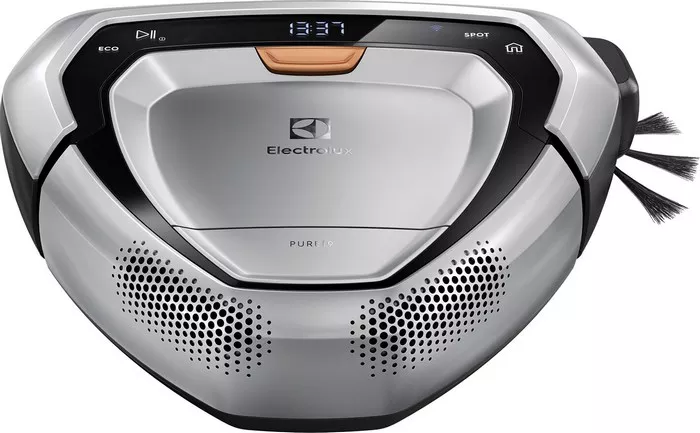Wet vacuums, also known as wet/dry vacuums or shop vacuums, are versatile cleaning tools designed to handle both wet and dry messes with ease. Whether you’re dealing with spills, flooding, or general cleaning tasks, a wet vac can be an invaluable asset. However, using a wet vac effectively requires some know-how to ensure optimal performance and safety. In this guide, we’ll walk you through everything you need to know about using a wet vac like a pro.
Getting Started
Before diving into using your wet vac, it’s essential to familiarize yourself with its components and operation:
1. Read the Manual: Start by carefully reading the manufacturer’s manual that came with your wet vac. This will provide specific instructions for assembly, operation, maintenance, and safety precautions.
2. Assembly: Most wet vacuums come with various attachments and accessories for different cleaning tasks. Follow the assembly instructions to properly attach hoses, nozzles, and filters.
3. Power Source: Ensure the wet vac is plugged into a suitable power outlet with a grounded three-pronged plug. Avoid using extension cords unless explicitly recommended by the manufacturer.
4. Filters: Check the condition of the filters before each use. Clean or replace filters as needed to maintain suction power and prevent debris from entering the motor.
5. Safety Precautions: Always wear appropriate personal protective equipment, such as gloves and safety goggles, when using a wet vac. Avoid vacuuming hazardous materials or liquids that may pose health risks.
Using Your Wet Vac
Now that you’re familiar with the basics, let’s dive into the steps for effectively using your wet vac:
1. Preparation: Before starting, clear the area of any obstacles and remove large debris that could clog the vacuum. If dealing with a wet spill, use towels or a mop to absorb excess liquid before vacuuming.
2. Select the Right Attachment: Choose the appropriate nozzle or attachment based on the type of surface you’re cleaning. Wide nozzles are suitable for large areas, while crevice tools are ideal for tight spaces and corners.
3. Turn On the Vacuum: Switch on the wet vac and adjust the suction power as needed, depending on the type and amount of debris you’re vacuuming. Start with a lower setting and increase if necessary.
4. Vacuuming Technique: Move the nozzle slowly and steadily across the surface, overlapping each pass slightly to ensure thorough cleaning. For wet spills, use a back-and-forth motion to extract liquid effectively.
5. Emptying the Tank: Monitor the tank’s fill level and empty it before it reaches capacity to prevent spills and maintain suction power. Follow the manufacturer’s instructions for safely emptying the tank and disposing of collected debris.
6. Post-Cleaning Maintenance: After use, clean the vacuum’s hoses, attachments, and filters to prevent clogs and maintain performance. Store the wet vac in a dry, well-ventilated area away from extreme temperatures.
Troubleshooting Tips
Even with proper usage, you may encounter issues with your wet vac. Here are some common troubleshooting tips:
1. Loss of Suction: If the wet vac loses suction power, check for clogs in the hoses, nozzles, or filters. Clean or replace any obstructed components to restore suction.
2. Leaking: Inspect the hoses and tank for any cracks or damage that may cause leaks. Tighten connections or replace damaged parts to prevent leakage during operation.
3. Motor Overheating: If the motor overheats or shuts off unexpectedly, allow it to cool down before resuming use. Check for obstructions in the airflow and ensure proper ventilation around the motor.
Conclusion
Mastering the art of using a wet vac requires a combination of proper preparation, technique, and maintenance. By following the steps outlined in this guide and staying attentive to safety precautions, you can tackle a variety of cleaning tasks with confidence and efficiency. Remember to consult the manufacturer’s manual for specific instructions and reach out to customer support for any issues beyond troubleshooting. With practice and care, your wet vac will become an indispensable tool for keeping your surroundings clean and pristine.
FAQs
Q1: Can I use a wet vac to clean up hazardous materials?
A1: It’s not recommended to use a wet vac for hazardous materials, such as asbestos or toxic chemicals, as it can pose health risks and damage the vacuum. Dispose of hazardous materials according to local regulations and seek professional assistance if necessary.
Q2: How do I prevent mold growth in my wet vac?
A2: To prevent mold growth, thoroughly clean and dry the wet vac after each use, especially if it has been used to vacuum up water. Ensure all components are completely dry before storage, and consider using a disinfectant or mold inhibitor to sanitize the interior surfaces periodically.
Q3: Can I use a wet vac to unclog a drain?
A3: While wet vacuums have powerful suction capabilities, they are not designed for unclogging drains. Attempting to use a wet vac for this purpose may damage the vacuum or create a mess. Instead, use a plumbing snake or seek professional plumbing services for drain clogs.

